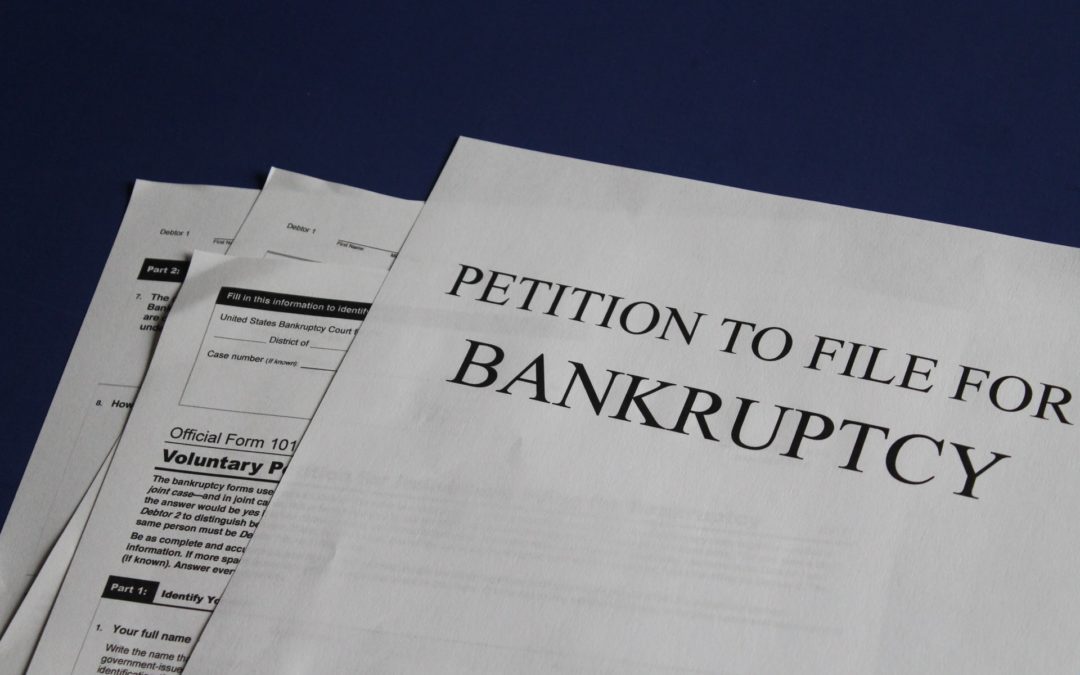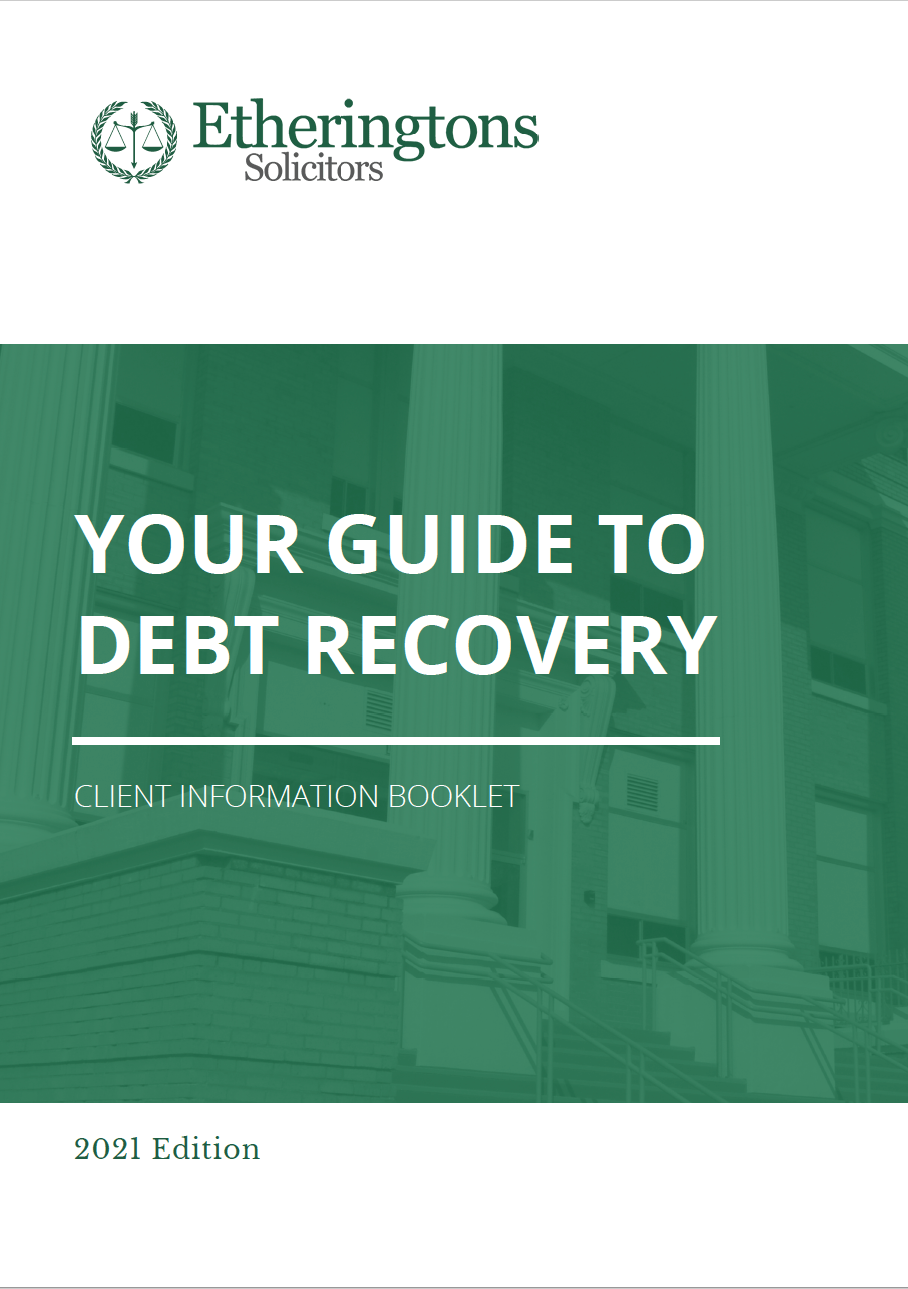Bankruptcy is a legal process which an individual can apply for if they are unable to pay their debts on time. Bankruptcy provides relief to the bankrupt individual so they may address the majority of their debts and attempt to make a fresh start. Although the benefits of declaring bankruptcy seem appealing, this article will explore the numerous consequences that may arise when declaring bankruptcy.
NB: This blog will focus on exploring the consequences of declaring bankruptcy for an individual. If you have a company, we have discussed how to protect your business from insolvency in another article.
Bankruptcy Consequences are Not Short Term
Bankruptcy typically last three years and one day from the date which the Australian Financial Security Authority (AFSA) accepts a bankruptcy application. This alone is a substantial period of time in which all of the following consequences will continue to impact upon the bankrupt individual. This length of time can be extended to either five or eight years if an objection to discharge the bankruptcy is lodged by the trustee.
Bankruptcy does not release the bankrupt individual from all of their debts, generally just those which are unsecured. This means that even after declaring bankruptcy, the bankrupt party is still liable for payments including court imposed penalties, child support and maintenance, HECS/HELP debts or those debts incurred after bankruptcy commenced. Therefore, through the assistance of an appointed trustee, the bankrupt party will need to arrange payment options with creditors to resolve the persisting debts.
Bankruptcy will likely inhibit the bankrupt individual’s ability to obtain future credit. Credit reporting agencies keep records of a bankruptcy for either five years from its commencement or two years from when it ends, depending on whichever is latest. This will be considered by future credit providers when they are deciding whether to accept your credit applications. Bankrupt individuals must disclose to their credit providers of their bankrupt status if they are applying for more than $5,934.00 in credit pursuant to the Bankruptcy Act 1966 (Cth) s 269.
Consequences of Appointing a Trustee for Bankruptcy
When an individual declares bankruptcy, a trustee is appointed to manage their affairs by working with the individual and their creditors to create a reasonable outcome for all parties. When the bankrupt party applies, they can either nominate a registered trustee of their choice or request that one be appointed from the AFSA. The bankrupt party is required to disclose all of their assets and any other relevant information to this trustee when they apply for bankruptcy.
The appointed trustee holds the power to make numerous discretionary decisions that will affect the bankrupt individual’s life, including:
- A trustee may sell the assets of the bankrupt individual to cover or contribute towards paying their debts. There are only a few limited assets that the bankrupt party is entitled to keep, contrary to the discretionary powers of the trustee. These assets include: ordinary household goods, tools up to a certain value that are used for earning an income, and vehicles of up to a certain value.
- Bankrupt individuals must request permission from their trustee to travel overseas. The trustee may ask for further details pertaining to the nature and reasons for travel, and may decide to decline their request accordingly.
- Bankrupt parties must inform the trustee if they are involved in ongoing legal proceedings, as the trustee may determine whether the bankrupt individual’s involvement should be allowed to continue. This may involve contacting the court to determine if attendance is mandatory.
Consequences for your Employment throughout Bankruptcy
Bankruptcy may affect the employment of the bankrupt individual. Potential employment restrictions include those imposed by licensing bodies in some professions and certain limitations on operating as a sole trader. A bankrupt party cannot legally operate a trust account or hold public office.
Additionally, once a party has been declared bankrupt, their name will permanently appear on the National Personal Insolvency Index (NPII). The NPII publicly displays a bankrupt individual’s name, date of birth, address, occupation, the name and contact details of the trustee, and the proceeding administration and status. These details are accessible to the public and will only be suppressed in exceptional circumstances.
A bankrupt party cannot be a director of a company, following the Corporations Act 2001 (Cth) s 206B, unless they have been granted leave by a court to do so, or until the bankruptcy status has been discharged. This restriction on a company director also applies if the director is a party to a Personal Insolvency Agreement (PIA). A PIA is an alternative to bankruptcy which contains an agreement between directors and their creditors. This restriction applies to those subject to PIAs until all of the terms of that agreement have been complied with by the bankrupt individual.
If the bankrupt party earns over a certain amount of income, they will be required to make compulsory payments to their trustee. This amount is $59,559.50 (after tax) annually for a bankrupt party without dependencies under the Bankruptcy Act 1996 (Cth) s 139K.
How Etheringtons Solicitors can help
A solicitor at Etheringtons Solicitors can provide you with clarification on the relevant law and its application to your individual circumstances. Etheringtons Solicitors will assist in determining whether declaring bankruptcy or insolvency is in your best interests and will guide you through the best avenues for legal action.
Download “Your Guide to Debt Recovery” Here!
If you require further advice or assistance with insolvency matters, please contact one of our experienced solicitors on (02) 9963 9800 or via our contact page.


